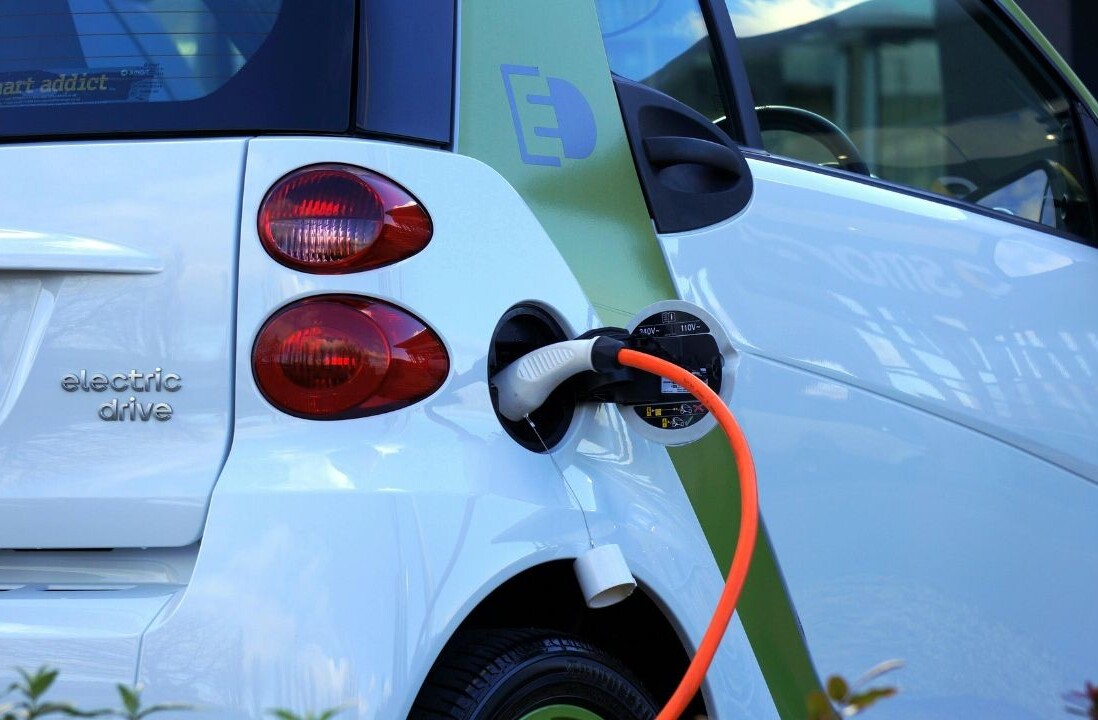Now, it shouldn’t come as a surprise that a quickly spinning blade can cause some serious damage when applied to flesh – even if said blade is made out of a flexible material like plastic or carbon.
That doesn’t make it any easier to watch.
Researchers over at the Aalborg University’s Drone Research Lab have been testing the damage caused by a hurling a variety of drone propellers at a hunk of pork flesh (which has a similar consistency to human skin and muscle). They’re also testing the effects against other obstacles likes glass panes and cars.
First off, a fairly obvious disclaimer: this a lab, testing drone propellers under very specific controlled conditions. In other words, you shouldn’t take this to mean that your drone at home is going to chop off your arm.
Still, it’s kind of fascinating to watch how the different propellers cut through the the pork slab when travelling at about 20 mph.
For instance, while the carbon propeller above stabs right into the pork with minimal breakage (carbon fiber is known for its strength, after all), the plastic propeller breaks off pretty much right on impact:
Unlike some other tests, this one measures the combination of the blades spinning motion and a drone’s forward motion.
Given the footage was shot with a high speed camera at 3200 fps, it might not seem like the drone was moving so quickly. Thankfully the lab also provides us with a normal-speed video:
That’s got to hurt.
Unsurprisingly, this isn’t the first time someone has put potential drone-based injuries to the test.
The Mythbusters tried out a variety of drone models last year and concluded that small and medium sized, store-bought models should generally be totally safe.
Still, larger, custom drones can occasionally cause real damage:
AKA bigger, faster blades are more dangerous; who’da thunk it?
While lab conditions might not be a complete analog for real-world conditions, the hope is that the research will eventually lead to safer drone propellers that break more easily before serious damage occur.
And so, the scienceing continues. Aalborg University says “once the researchers get more experienced, the plan is to upgrade the catapult for larger drones and higher speeds.”
We’ll be looking forward to that.
via The Verge
Get the TNW newsletter
Get the most important tech news in your inbox each week.





